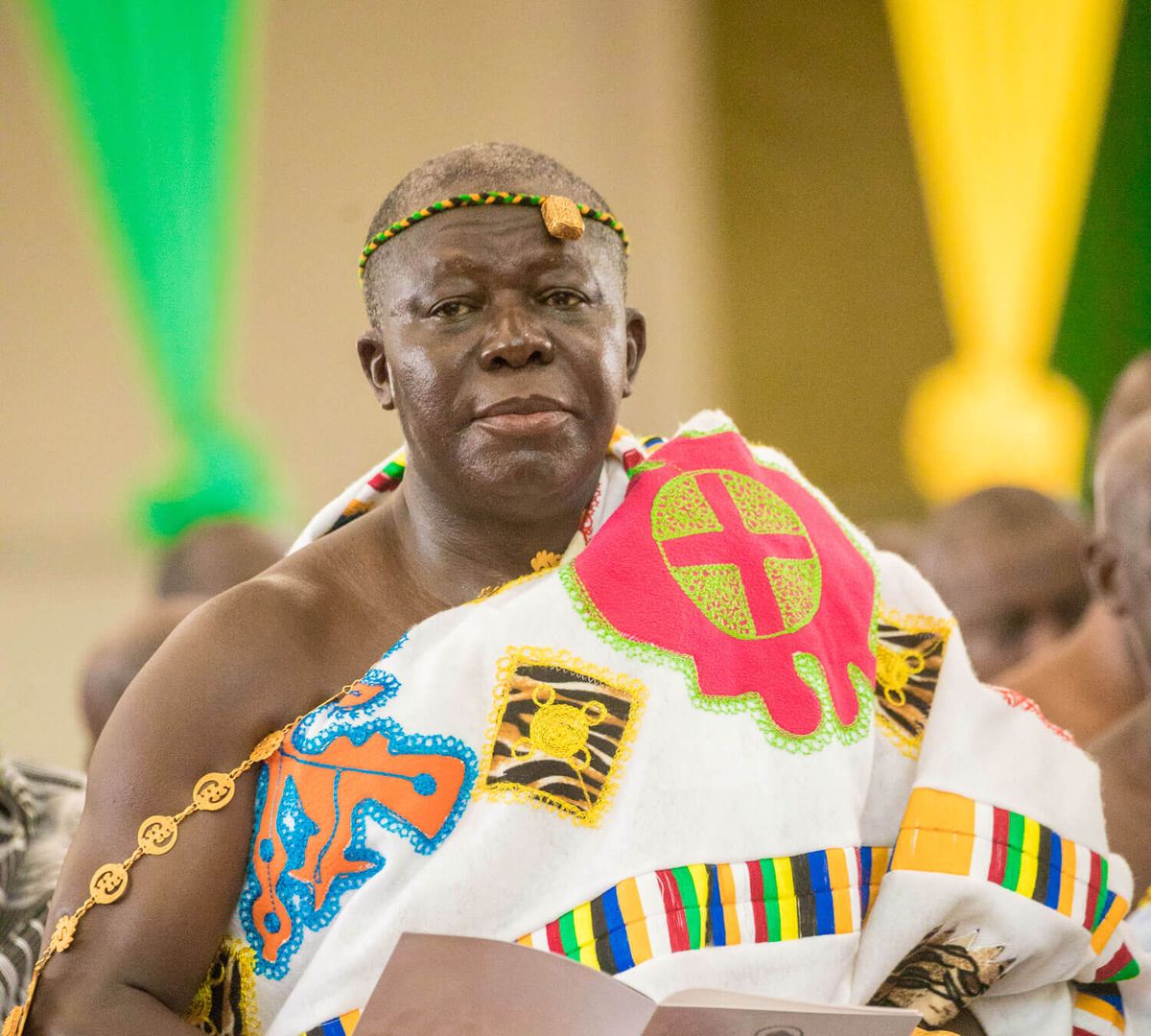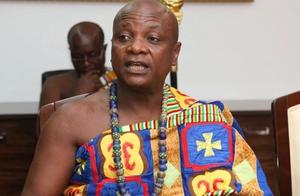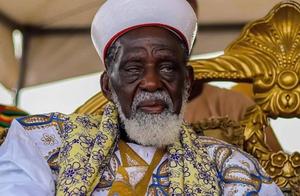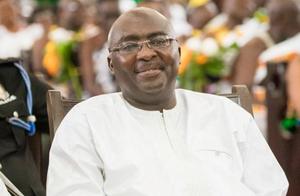Otumfuo Osei Tutu II, the 16th occupant of the Golden Stool and the 19th Asantehene has redefined the role and image of the modern African monarchy, emphasizing a return to traditional norms while also playing an active developmental role that includes attracting investment, providing social services and infrastructure and working for peace among all Ghanaians.A scion of the Oyoko Royal Dynasty, he was born on 6th May 1950 to Nana Boakye Danquah of Nkyenkyire and Nana Afia Kobi Serwah Ampem II, who would become Queen mother of Asante in later life and named Barima Kwaku Dua. From an early age, his uncle, Oheneba Mensah Bonsu, the Hiahene took him into his household to groom the future monarch, since he was directly in line to the throne. He attended Sefwi Wiawso Secondary School and after his ‘O’ Levels, returned to Osei Kyeretwie Secondary School (OKESS) for his sixth form education. He went on to study accounting at the Institute of Professional Studies, now known as the University of Professional Studies, Accra (UPSA).
As further preparation for his future role, he enrolled at the Kilburn Polytechnic in London, England for a programme in Human Resource Management in 1973. He also obtained a diploma in Management in Public Administration from the University of North London. He then moved to Canada in 1981 where he joined the Mutual of Omaha Insurance Company in Toronto, rising to the position of Senior Consultant.
In 1985, he returned to the UK and was appointed Personnel Manager at the Manpower Services Commission of the Brent Council. It was also in 1985 that he was accepted into the Institute of Personnel Management in the UK as a member. He later set up Primoda Financial Services Limited, a mortgage brokerage firm before returning to Ghana to start a transport business named Transpomech International (Ghana) Limited. These experiences in business and management would later come to have an obvious impact on his rule.
Following the passing of Otumfuo Opoku Ware II, he was chosen as the next Asantehene and on 26th April 1999, he was officially installed as the occupant of the Golden Stool with the official name Otumfuo Osei Tutu II, a name derived from the founder of the ancient Asante Kingdom. This stool name, only the second time to be taken after the founder of the empire, sent an unmistakable signal that the new King was ready to lead a renaissance of the ancient kingdom.
As Asantehene, Nana Osei Tutu quickly set about to modernize the operation, image, and functions of the office. Administrative systems at the Manhyia Palace, the seat of the kingdom was revamped to make it better able to handle the demands of a modern monarchy. Otumfuo has taken an active part in the development efforts of Asante and the nation, including driving investment and partnering with government and private sector operators in commercial and infrastructure projects. His Otumfuo Education Fund and other charity projects have aided millions while setting an example to other chiefs in Ghana and Africa on how they could use their office to the benefit of their people. His reign was so impactful, even in its early years that Otumfuo soon came to be known as King Solomon, after the biblical king famed for his wisdom and statecraft.
In 2003, Otumfuo was the first African monarch chosen by the World Bank for a three-year project known as the ‘Promoting Partnership with Traditional Authorities Project’ (PPTAP) in which the bank provided a $4.5 million grant to expand existing programs in education, health, and capacity building for chiefs. As the lead in the Committee of Eminent Chiefs tasked to resolve the Dagbon chieftaincy conflict, Otumfuo’s efforts finally bore fruit when in January 2019, a new Dagbonwura was installed following the performance of funeral rites for the late Yaa Naa.






